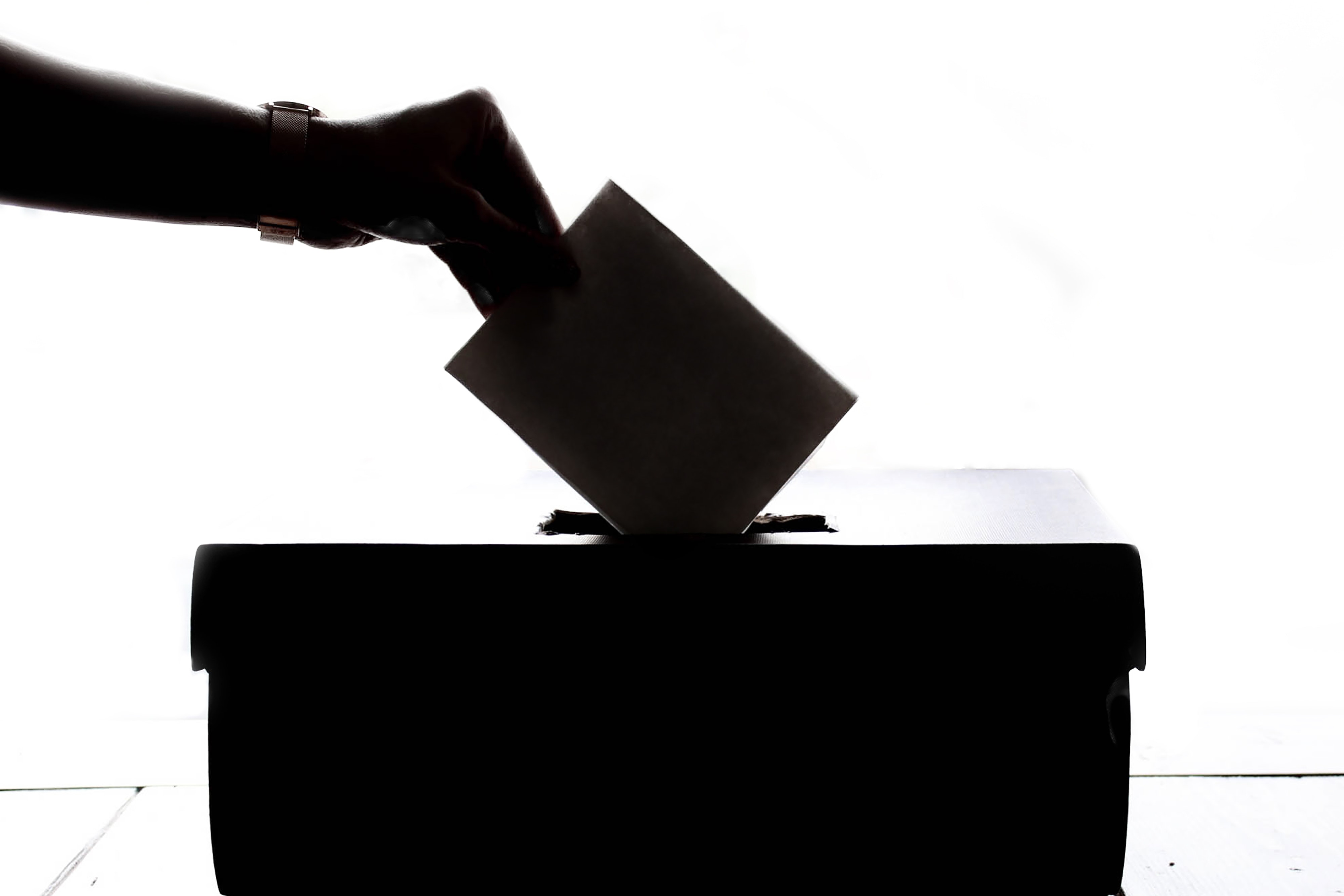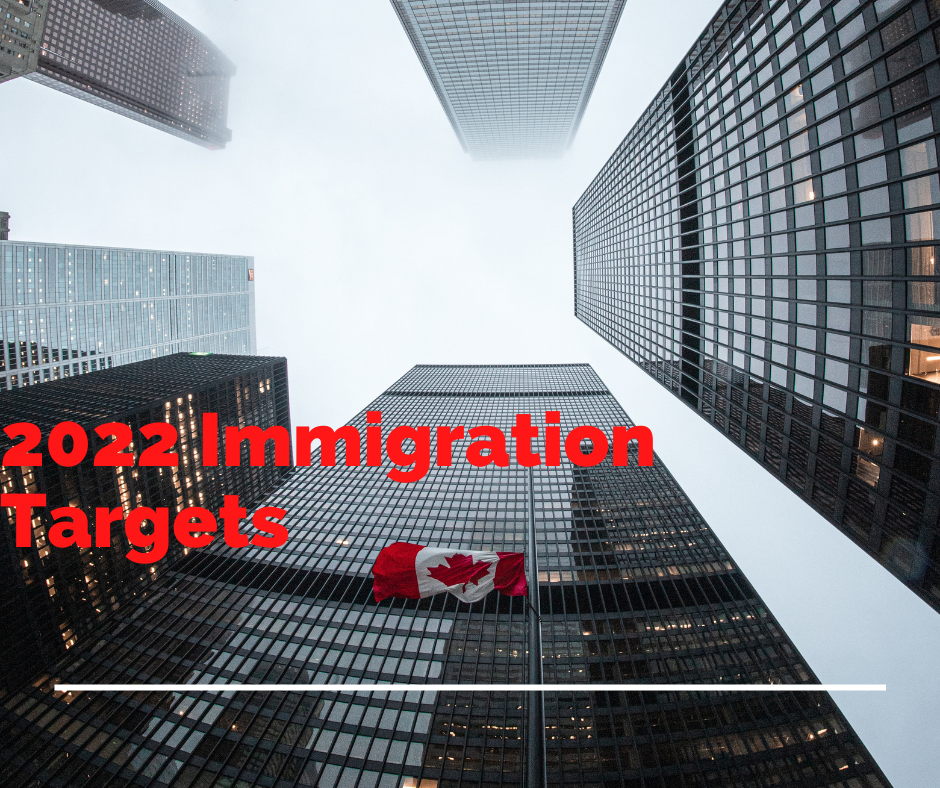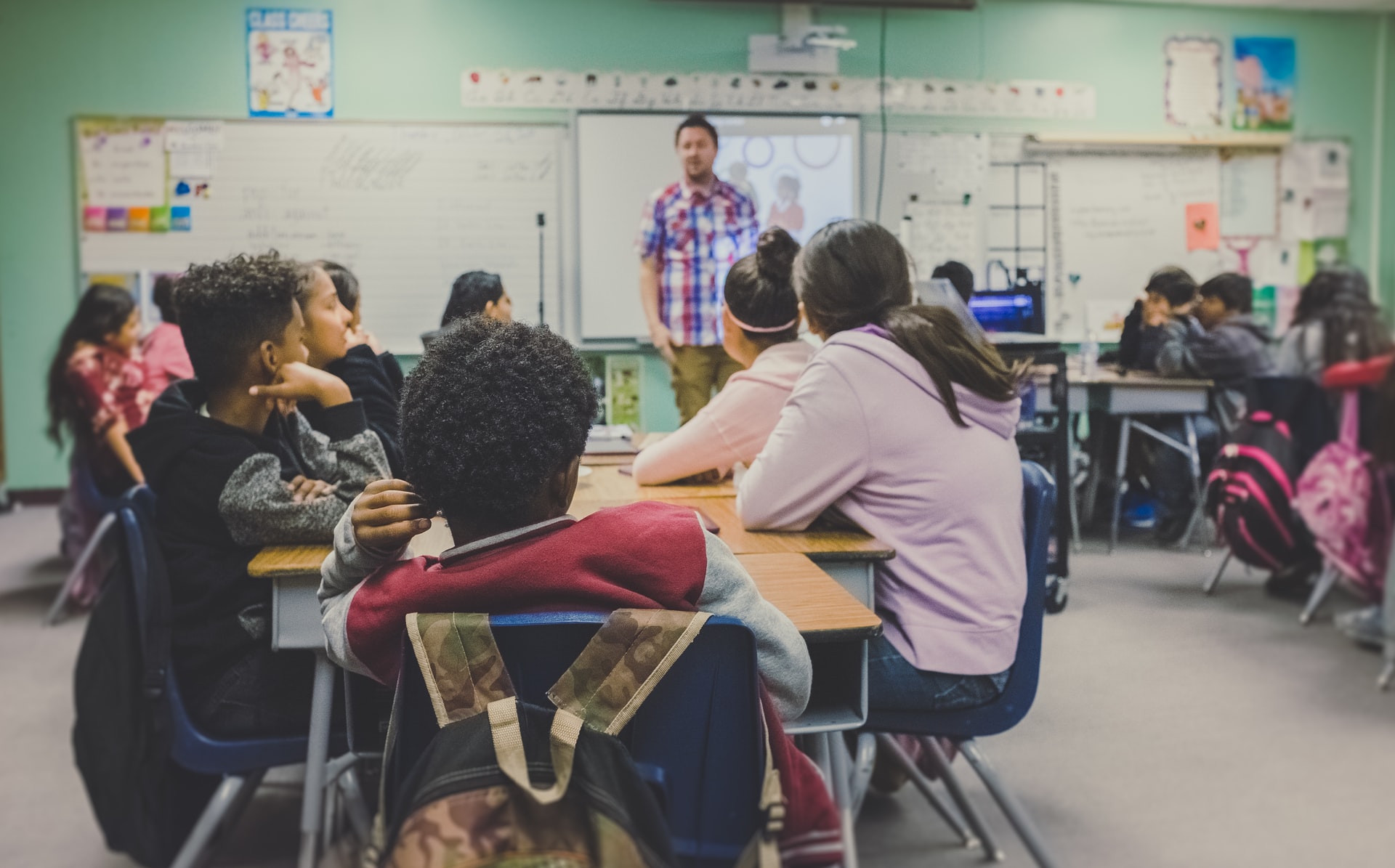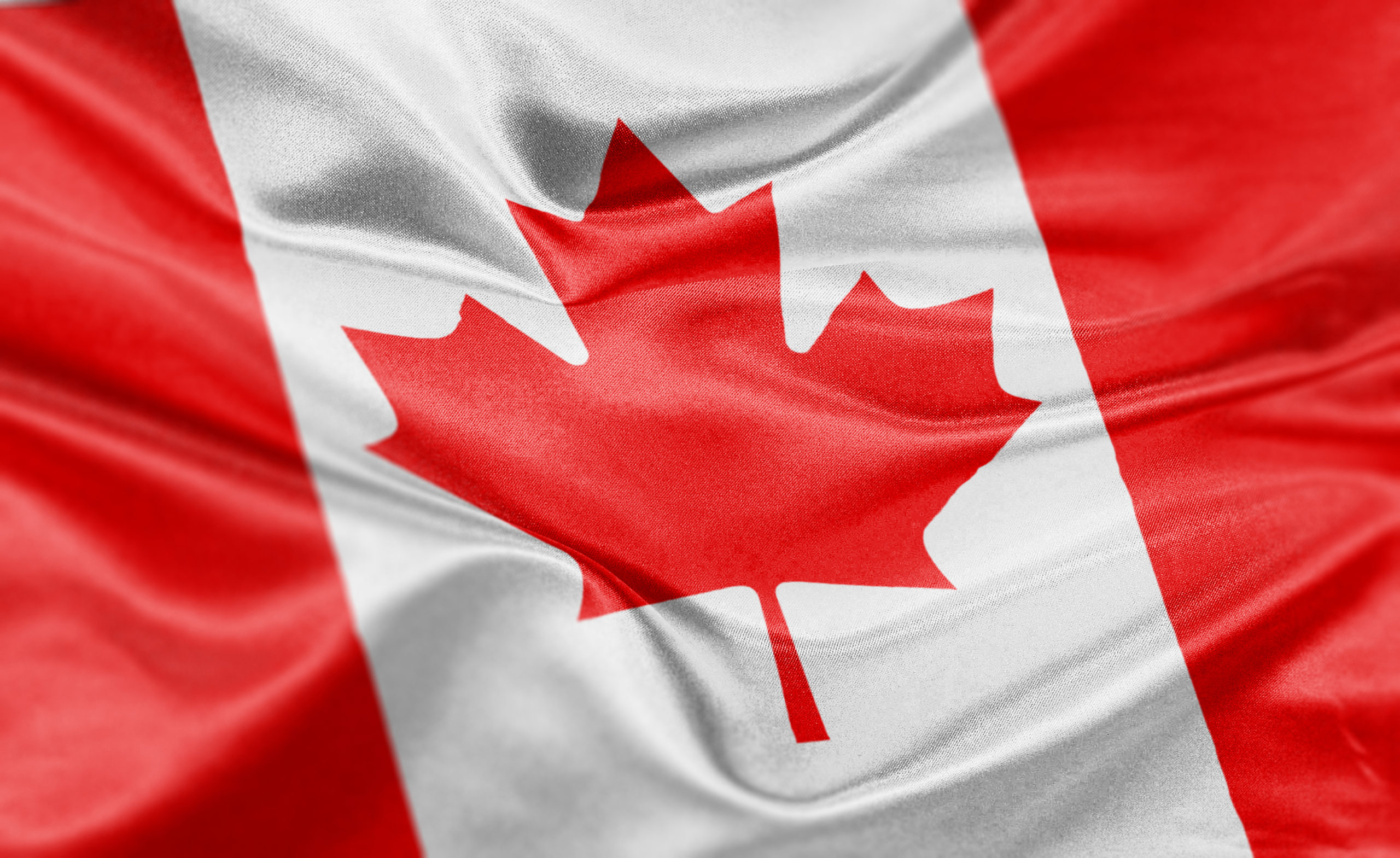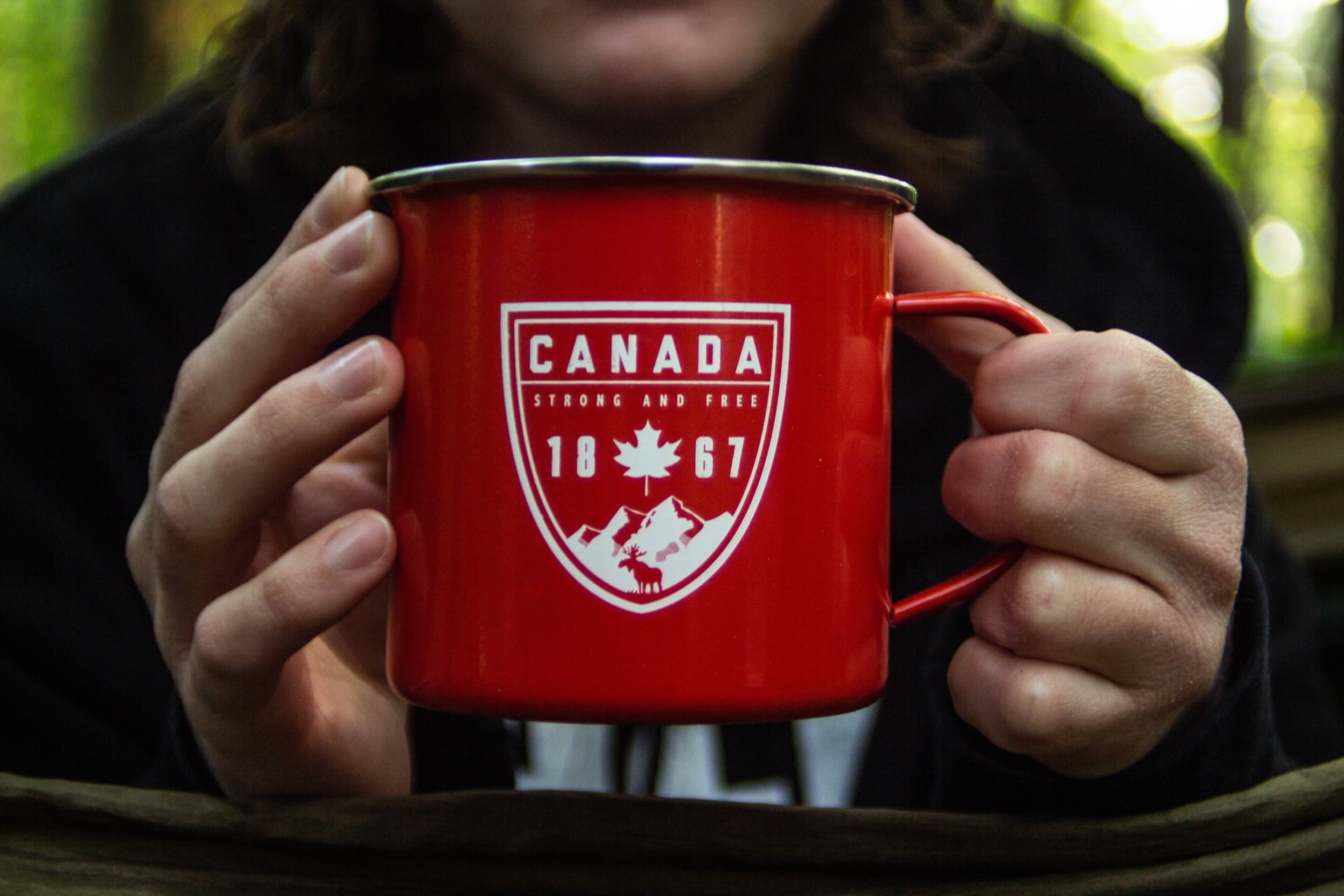How Canada’s October 21st election could affect immigration
Canadians are preparing for the 2019 federal election, and politicians and voters alike are wondering how Canada’s government will look after October 21st.
Opinion surveys have unsurprisingly cited the Liberals and Conservatives as the two most popular parties in the running. Surveys have so far ranked the New Democratic Party and the Green Party in third and fourth place, respectively.
As all parties prepare their campaigns, one topic concerning people inside and outside of Canada is immigration. As the election date fast approaches, some worry that immigration policies could be changing in the near future.
However, as of now, it appears that Canada’s immigration rates will remain the same regardless of who wins the upcoming election. Both Liberals and Conservatives have had a history of consistently raising Canada’s yearly immigration intake since the 1980s.
Canada’s Need for Immigrants
Immigration has proven to be a huge asset to Canadian society and to its economy. For several decades, Canada’s birth rate has declined and the overall working population has aged considerably. The next decade will see more than 9 million people in the working population retiring, and Canada will soon be needing to fill these gaps in the labour market.
Canada will be in need of more immigrants than ever. With the projected rate of retirement increasing, the demand for skilled workers will only grow in the next few years. Immigration channels such as Express Entry and Provincial nomination programs will not be going out of fashion any time soon.
If any major changes are to be seen in Canada’s immigration policies, it would be to the composition of Canada’s new immigrants.
What Changes to Expect
Currently, Canada divides its immigrants into three classifications: the economic class, the family class, and refugee class.
The current Liberal government has given the refugee class more priority compared to previous governments, having increased the intake since Prime Minister Justin Trudeau’s election. In contrast, the Conservative party as taken the opposition on the issue. The Conservative leader Andrew Scheer has stated that, if elected, they will reduce refugee admittance.
In the event that the Canadian government shifts from Liberal to Conservative following the federal election, the only potential change would be a decrease in the annual number of refugees accepted into Canada. The number of immigrants accepted through the economic and family classes should either remain the same or increase. For these two immigrant classifications, no aspects of the immigration process are expected to change.
Canada has relied on immigration for years to bolster the economy and population. Regardless of the outcome in the 2019 federal election, Canada’s need for newcomers with new talent will not be changing.
